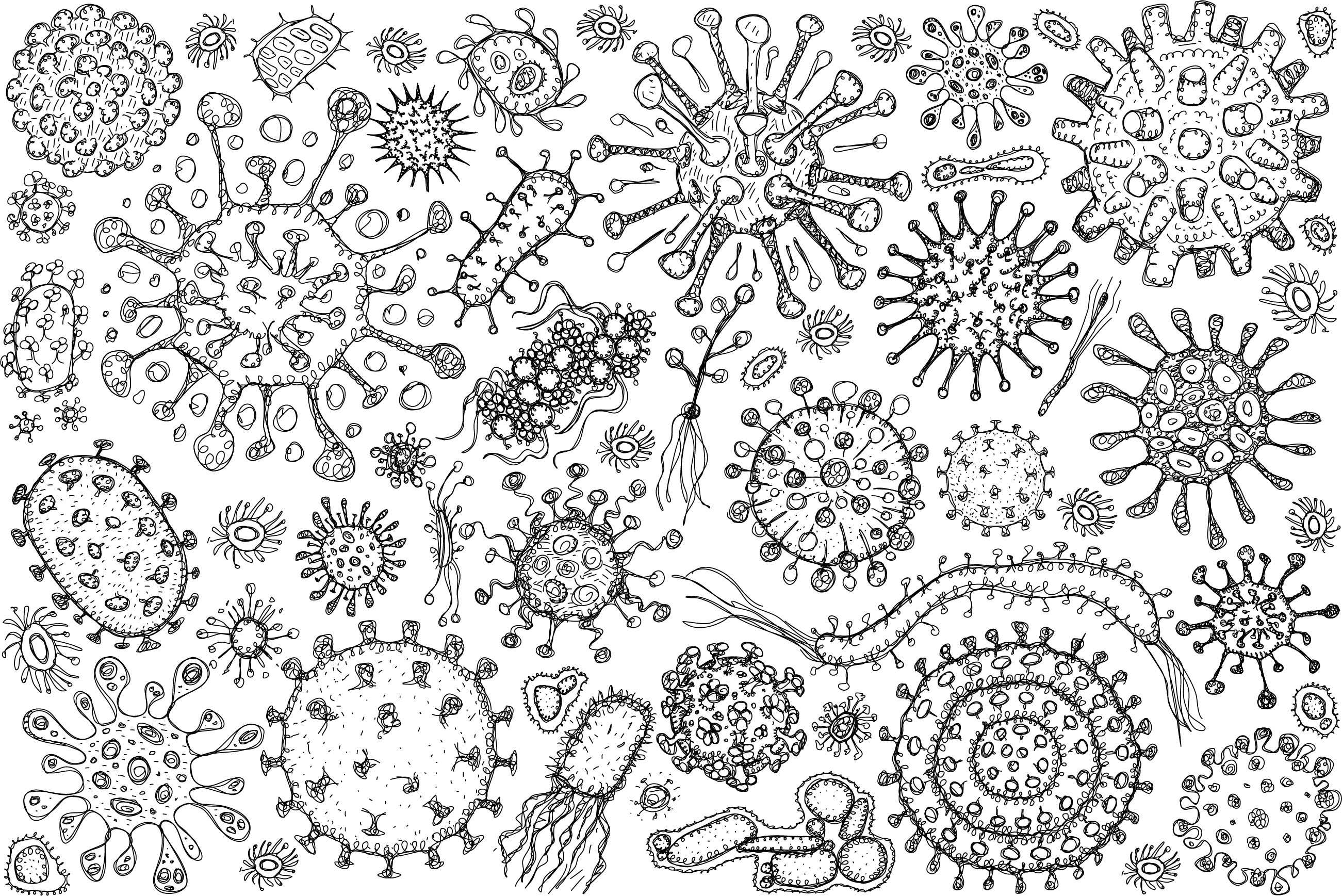
Publication: Impacts of PEGylation and Glycosylation on the Biological Properties of Host Defense Peptide IDR1018
Abstract: The multifunctional properties of host defense peptides (HDPs) make them promising drug candidates to tackle bacterial infections and tissue inflammation. However, these peptides tend to aggregate and can harm host cells at high doses, potentially limiting their clinical use and applications. In this study, we explored the influences of both pegylation and glycosylation on the biocompatibility and biological properties of HDPs, particularly the innate defense regulator IDR1018. Two peptide conjugates were designed by attaching either polyethylene glycol (PEG6) or a glucose moiety to the peptide towards the N-terminus. Significantly, both derivatives reduced the aggregation, hemolysis, and cytotoxicity of the parent peptide by orders of magnitude. In addition, while the pegylated conjugate, PEG6-IDR1018, retained an excellent immunomodulatory profile, similar to that observed for IDR1018 itself, the glycosylated conjugate, Glc-IDR1018, significantly outperformed the parent peptide in inducing anti-inflammatory mediators, MCP1 and IL-1RA and in suppressing the level of lipopolysaccharide-induced proinflammatory cytokine IL-1β. Conversely, the conjugates led to a partial reduction in antimicrobial and antibiofilm activity. These findings underline the impacts of both pegylation and glycosylation on the biological properties of the HDP IDR1018 and indicate the potential of glycosylation to enhance the design of highly effective immunomodulatory peptides.

